Application of functional quantum dot nanoparticles as fluorescence probes in cell labeling and tumor diagnostic imaging
- PMID: 25897311
- PMCID: PMC4397224
- DOI: 10.1186/s11671-015-0873-8
Application of functional quantum dot nanoparticles as fluorescence probes in cell labeling and tumor diagnostic imaging
Abstract
Quantum dots (QDs) are a class of nanomaterials with good optical properties. Compared with organic dyes, QDs have unique photophysical properties: size-tunable light emission, improved signal brightness, resistance against photobleaching, and simultaneous excitation of multiple fluorescence colors. Possessing versatile surface chemistry and superior optical features, QDs are useful in a variety of in vitro and in vivo applications. When linked with targeting biomolecules, QDs can be used to target cell biomarkers because of high luminescence and stability. So QDs have the potential to become a novel class of fluorescent probes. This review outlines the basic properties of QDs, cell fluorescence labeling, and tumor diagnosis imaging and discusses the future directions of QD-focused bionanotechnology research in the life sciences.
Keywords: Biomaterials; Nanoparticles; Optical properties; Quantum dots.
Figures
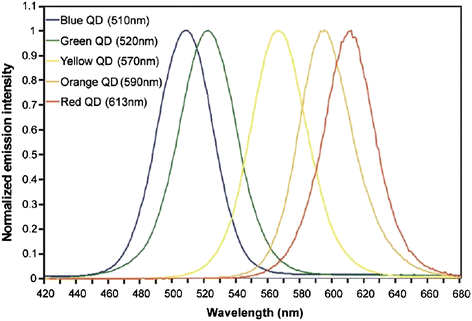


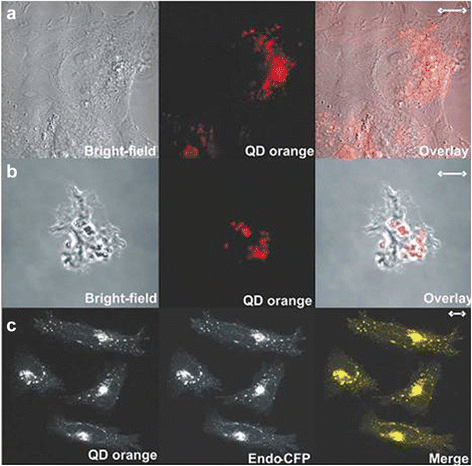
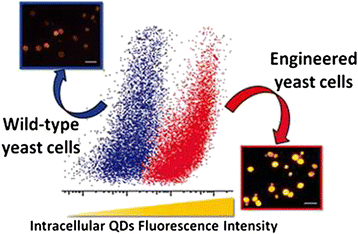

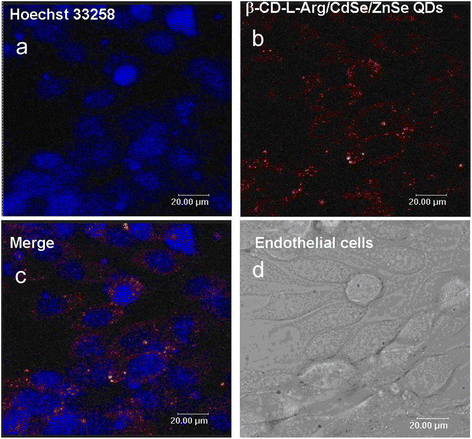


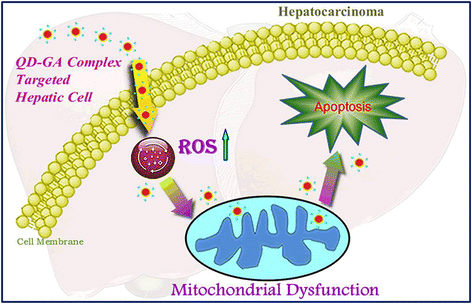
References
-
- Taniguchi S, Green M, Rizvi SB, Seifalian A. The one-pot synthesis of core/shell/shell CdTe/CdSe/ZnSe quantum dots in aqueous media for in vivo deep tissue imaging. J Mater Chem. 2011;21:2877–82. doi: 10.1039/c0jm03527k. - DOI
-
- Chakraborty A, Jana NR. Design and synthesis of triphenylphosphonium functionalized nanoparticle probe for mitochondria targeting and imaging. J Phys Chem C. 2015;119:2888–95.
LinkOut - more resources
Full Text Sources
Other Literature Sources

